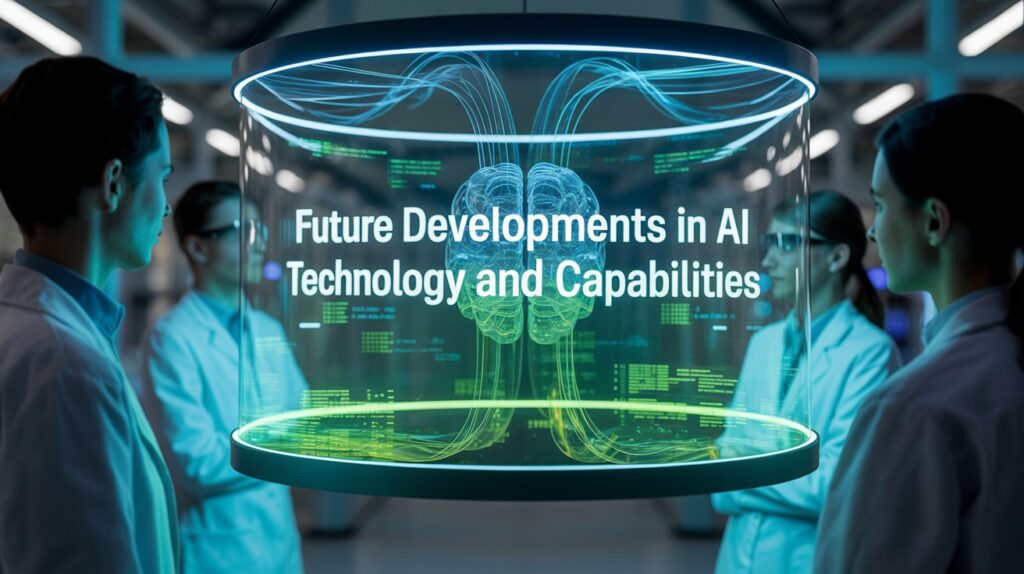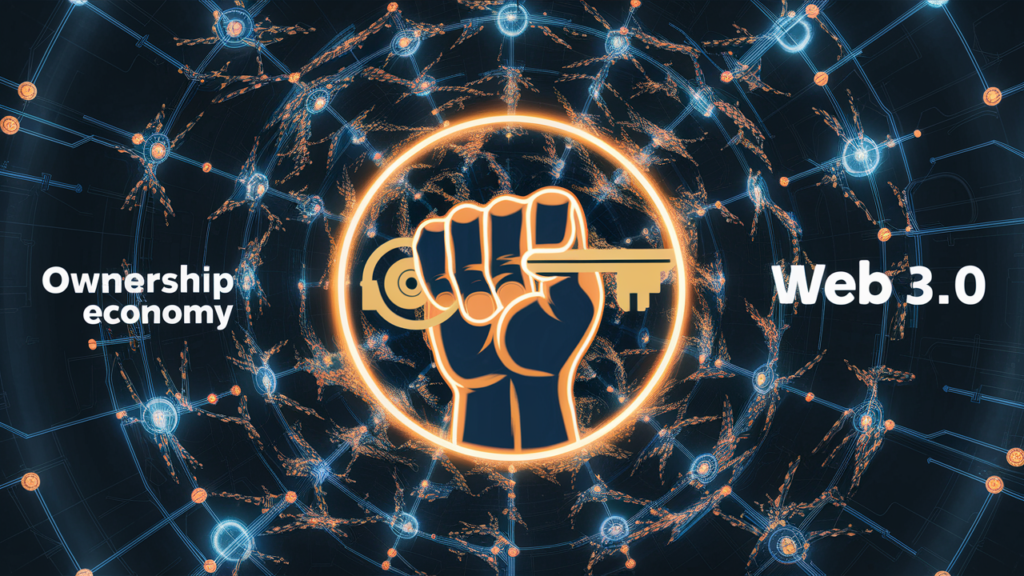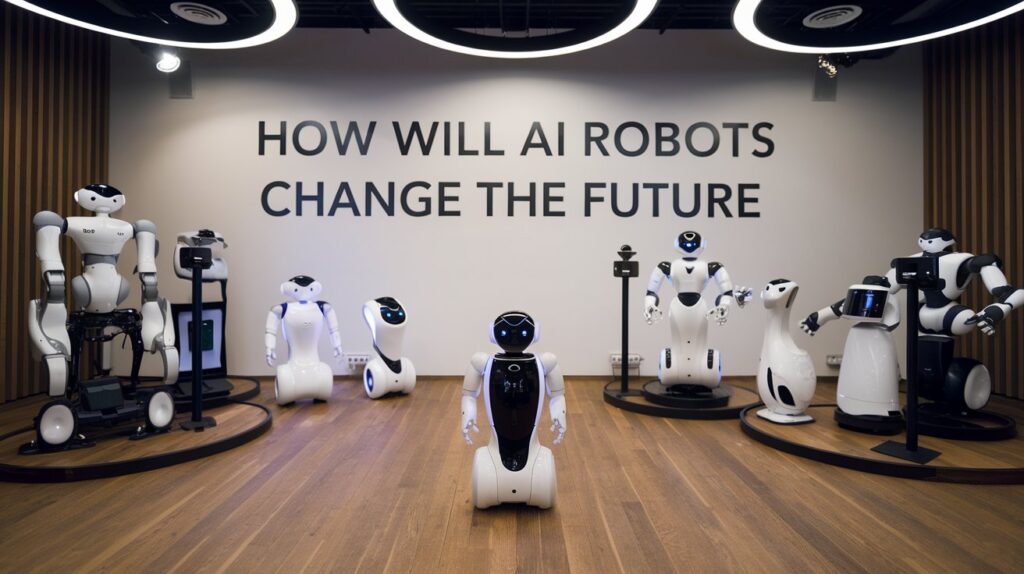Unlocking the Power of AI: Tools, Techniques, and Insights

Artificial intelligence systems have evolved from experimental frameworks into sophisticated tools that reshape operational paradigms across industries. Modern practitioners require systematic understanding of neural architectures, prompt optimization methodologies, and integration protocols to extract meaningful value from these technologies. However, the gap between AI’s theoretical capabilities and practical implementation remains substantial. Most users operate without thorough knowledge of underlying mechanisms, limiting their ability to navigate complex model behaviors and achieve consistent results that align with strategic objectives.

Key Takeaways
- AI functions as sophisticated pattern recognition systems that process data through layered neural networks trained on massive datasets.
- Essential AI tools include large language models, creative generators, productivity enhancers, and automation platforms for targeted solutions.
- Effective prompt engineering requires specific, contextual instructions tailored to each platform’s unique architecture and capabilities.
- Strategic automation connects disparate applications through trigger-based workflows, enabling seamless data synchronization and process optimization.
- AI limitations include performance variability and bias, requiring continuous validation, iterative refinement, and ethical consideration practices.
Demystifying AI: Core Components and Neural Networks

Despite widespread misconceptions surrounding artificial intelligence, the technology fundamentally operates as a sophisticated pattern recognition system designed to execute specific tasks rather than achieve general intelligence.
Neural network fundamentals reveal layered filter architectures that process data through sequential refinement stages. These networks lack consciousness or emotions, instead following algorithmic protocols to predict outcomes based on learned correlations.
Pattern recognition techniques emerge through extensive training on massive datasets, where systems adjust internal parameters based on feedback from incorrect outputs. The networks excel at identifying complex relationships within data, enabling problem-solving capabilities that mimic human-like intelligence while remaining fundamentally computational in nature.
Essential AI Tool Categories for Modern Users
As artificial intelligence applications proliferate across professional and personal domains, understanding the distinct categories of AI tool categories becomes essential for effective implementation.
These tools address diverse user needs through specialized functionality and targeted solutions.
- Large Language Models – ChatGPT, Gemini, and Claude analyze input through keyword relationships and attention mechanisms for text generation and analysis.
- Creative Applications – Image generators utilize diffusion processes while audio generators learn patterns from extensive datasets for content creation.
- Productivity Enhancement – Email management systems and CRM tools optimize workflow efficiency through automated task management.
- Automation Platforms – Integration tools connect applications to streamline processes and improve work-life balance.
Mastering Prompt Engineering Across Different AI Platforms
Effective prompt engineering requires platform-specific approaches that leverage each AI system’s unique architecture and processing mechanisms. Large language models respond best to contextual frameworks and detailed instructions, while image generators demand visual-focused descriptions emphasizing composition, lighting, and stylistic elements.
Prompt specificity prevents ambiguous interpretations across all platforms, with detailed parameters yielding superior results. Audio generators benefit from precise technical specifications regarding tempo, genre, and instrumentation.
Creative prompts incorporate descriptive language tailored to each system’s training data patterns. Successful prompt engineering combines understanding of underlying neural network architectures with iterative refinement based on output quality assessment and systematic parameter adjustment.
Automation Strategies and Workflow Integration
While individual AI tools excel at specific tasks, their true potential emerges through strategic automation and seamless workflow integration that eliminates manual data transfer between systems.
Workflow optimization requires systematic approaches to connect disparate applications and streamline processes. Task automation platforms like Zapier and Integromat serve as essential intermediaries, enabling data flow between multiple tools without human intervention.
Strategic automation implementations include:
- Trigger-based workflows that initiate actions based on specific conditions or events
- Cross-platform data synchronization ensuring consistent information across all connected systems
- Conditional logic routing directing tasks through different pathways based on predefined criteria
- Automated quality assurance checks validating outputs before proceeding to subsequent workflow stages
Understanding AI Limitations and Constraints
Despite the sophisticated automation capabilities that connect AI systems across workflows, these technologies operate within fundamental constraints that directly impact their practical deployment and effectiveness. Performance variability emerges from inconsistent training data quality, while creativity constraints limit innovative problem-solving approaches. User dependency increases as individuals rely heavily on AI outputs without developing critical evaluation skills.
| Constraint Category | Primary Limitation | Mitigation Strategy |
|---|---|---|
| Ethical Implications | AI bias awareness gaps | Diverse training datasets |
| Data Privacy | Information exposure risks | Encrypted processing protocols |
| Performance Boundaries | Output inconsistency | Continuous model validation |
These limitations require systematic assessment to guarantee responsible AI implementation across organizational workflows.
Best Practices for Maximizing AI Performance
Maximizing AI performance requires systematic implementation of input optimization strategies that directly correlate with output quality and reliability. Evidence demonstrates that structured approaches notably enhance AI Performance across diverse applications, from language models to image generators.
Research indicates that methodical prompt engineering and parameter adjustment create measurable improvements in User Experience metrics.
Essential optimization strategies include:
- Detailed prompt construction – Incorporate specific parameters, contextual elements, and clear objectives
- Iterative refinement processes – Continuously adjust inputs based on output analysis and feedback loops
- Tool-specific customization – Adapt techniques to individual AI system architectures and capabilities
- Performance monitoring protocols – Establish metrics for evaluating effectiveness and consistency
Future Developments in AI Technology and Capabilities

As technological advancement accelerates across multiple AI domains, emerging capabilities in neural architecture design and computational efficiency indicate substantial paradigm shifts in artificial intelligence systems.
Quantum computing integration promises exponential processing improvements for machine learning algorithms, enabling complex pattern recognition previously computationally prohibitive.
Autonomous systems demonstrate enhanced decision-making capabilities through advanced neural networks, while augmented reality applications increasingly leverage real-time AI processing for immersive experiences.
Natural language understanding continues evolving toward contextual comprehension, approaching human-level conversational abilities.
However, ethical considerations regarding AI deployment, data privacy, and algorithmic bias remain critical challenges requiring systematic regulatory frameworks and responsible development practices.

Frequently Asked Questions
What Are the Typical Costs Associated With Using Enterprise AI Tools?
Enterprise AI tool costs vary considerably based on deployment scale, processing requirements, and feature complexity. Organizations require thorough cost analysis and strategic budget planning to evaluate licensing fees, infrastructure investments, and ongoing operational expenses systematically.
How Do I Protect My Data Privacy When Using AI Platforms?
Organizations implement data encryption protocols and establish clear user consent frameworks when deploying AI platforms. They should audit data handling practices, configure privacy settings, and utilize on-premises solutions to maintain regulatory compliance and minimize exposure risks.
Which AI Certifications Are Most Valuable for Career Advancement?
AI certification benefits vary by sector, with industry-specific certifications demonstrating higher value. Google Cloud AI, AWS Machine Learning, and Microsoft Azure AI certifications command premium salaries, while specialized credentials in healthcare AI and financial technology yield targeted career advancement opportunities.
How Much Computing Power Do I Need to Run AI Locally?
Local AI Setup requires substantial AI Hardware Requirements. Neural networks demand high-performance GPUs with 8-16GB VRAM minimum, paired with 32GB+ system RAM and modern multi-core processors for effective model inference and training operations.
What Legal Issues Should I Consider When Using Ai-Generated Content Commercially?
Commercial AI-generated content raises copyright concerns regarding training data ownership, attribution requirements for source materials, licensing agreements with AI providers, and fair use limitations. Legal review guarantees compliance with intellectual property laws and platform terms.
Conclusion
Effective AI utilization requires systematic integration of technical proficiency and strategic implementation. Organizations must establish robust frameworks encompassing prompt optimization, workflow automation, and constraint recognition to maximize system performance. Evidence demonstrates that methodical approaches combining neural network understanding with structured tool deployment yield superior outcomes. Continuous evaluation and adaptation remain critical as technological capabilities evolve. Success depends on maintaining technical rigor while acknowledging inherent limitations, ensuring sustainable AI integration across operational domains through data-driven methodologies and empirically validated practices.







Responses